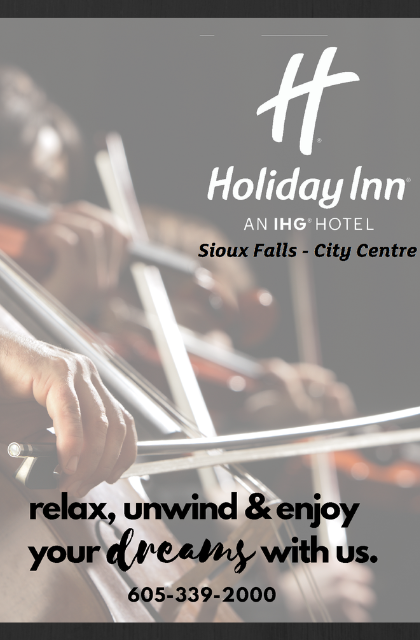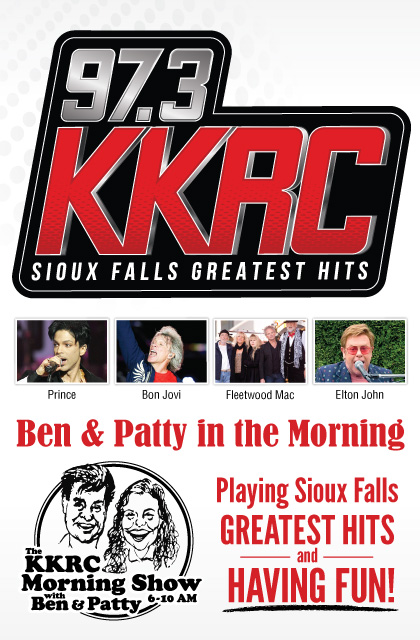Written by Anna Vorhes
Born
May 4, 1678, Venice, Italy
Died
July 28, 1741, Vienna, Austria
Instrumentation
oboe, strings, and continuo
Duration
12 minutes
Composed
Unknown
World Premiere
Unknown
Something interesting to listen for:
This is a typical Baroque concerto with a sense of conversation between the soloist and the orchestra. The oboe offers lovely and ornamental lines with accompaniment designed to let the soloist shine. When the orchestra takes a turn, the music is full, but the interludes are short for the most part. The oboist is truly the center of attention. Vivaldi uses the strings and the oboe in ways that emphasize the strengths of each, with the harpsichord supporting all. Listen to the repetition of ideas at different pitches going up or down a scale, both by the soloist and by the ensemble.
Program Notes
Vivaldi's life was firmly tied to his work at the Ospedale della Pieta in Venice, his hometown. Vivaldi grew up learning music under his father's tutelage. His father was a professional violinist, and later in life became Antonio's primary copyist and travel companion. Vivaldi himself sought education as a priest, studying from 1693 when he was fifteen until his ordination on March 23, 1703. He ceased leading the mass shortly after his ordination. Later in his life he explained it was because of his chest ailment, today believed to be bronchial asthma.
In September, 1703, Vivaldi accepted the post of maestro di violino at the orphanage Ospedale della Pieta. This was a specialized orphanage, intended to serve primarily the female offspring of noblemen and their courtesans. The Ospedale trained these young girls in the arts, especially in music. This would lead to Vivaldi writing more than 500 concerti of varying instrumentation. Some of the concerti include very playable orchestra parts while highlighting a virtuosic soloist. Their usefulness in educational settings ensures that they will be part of standard repertoire forever, though the youth and inexperience of the ensembles often doesn't show off Vivaldi's genius. In the hands of a professional orchestra with a worthy soloist we will hear what Vivaldi imagined as he created this concerto.
This is one of twelve concerti for oboe that Vivaldi created. Many of the ideas Vivaldi uses here he first tried out as a bassoon concerto, assigned catalogue number RV 471. (RV catalogue numbers, done long after the composer's death, were assigned by type of composition rather than time of composition.) The concerto takes the expected tempo pattern of fast-slow-fast over the three movements. The first movement opens with a cheerful melody in the strings that the oboe answers with a highly ornamental yet equally cheerful melody. The conversation features long notes in the violin as the oboe elaborates.
The second movement offers lovely long phrases to open. There is something bucolic about the effect, though that may be due to the experience we share of later composers so often using the oboe and its relatives to evoke the image of shepherds in pastoral settings.
The third movement involves fast passage work for the oboe, allowing virtuosity to come to our attention. The close of the concerto is a satisfying long run of melody allowing us to wonder if the player is superhuman, without the need to breathe.




